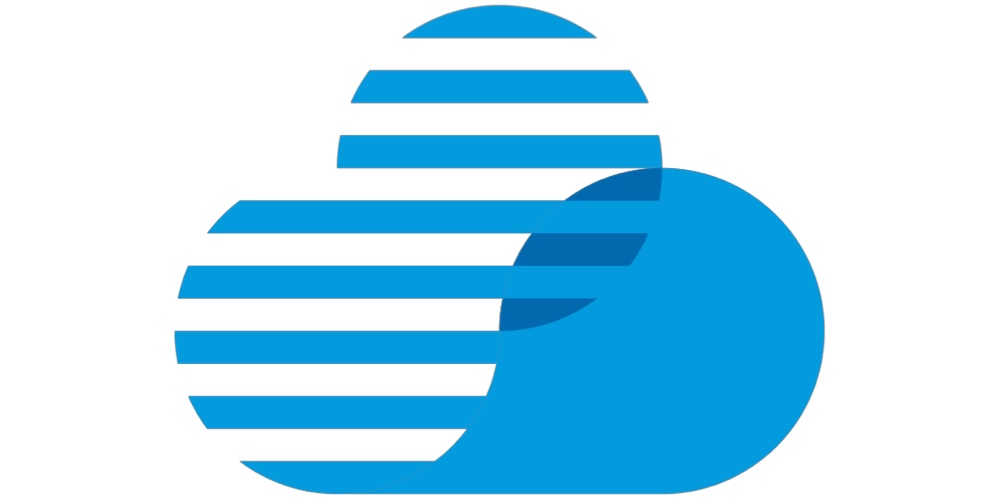IBM began to develop a cloud strategy in 2007. It mastered virtualisation technology in the 1960s on its mainframe computers. Although many companies claim to be the pioneers in Virtual Machine (VM) technology, IBM already had VMs and a hypervisor on its CP-40 and CP-67 operating systems, back in the ‘60s. Yet IBM lagged behind computing giants like Microsoft (Azure) and Amazon (AWS). Even Oracle, SAP and Salesforce were marching ahead of IBM in the cloud market. But Private Cloud seems to be the magic portion that IBM needed!
The industry was stunned when IBM announced its cloud revenues in June 2017, which took it up the charts to the number three position in the cloud market. Recognising the demand for PaaS capabilities in private cloud, it quietly created a new type of private cloud called IBM Cloud Private (ICP). This strategy worked and more customers signed on for IBM’s cloud, boosting its cloud revenues to $15.8 billion for the period ending June 30, 2017.
In a telephonic interview with Digital Creed, Vikas Arora, Country Manager, IBM Cloud, India/ South Asia spells out the strategy that helped IBM achieve cloud success.

Vikas Arora, Country Manager, IBM Cloud, India/ South Asia
DC: Why are you so optimistic about Private Cloud? How is the notion of private cloud different today than what it was, say three years ago?
Vikas: I read a study that the number one trend this year is the re-emergence of the private cloud.
According to IDC, private cloud spends over the next 4 – 5 years are going to be almost 70 percent higher than last year. IDC says the private cloud market will reach $28 billion. There is a significant growth predicted on the private cloud stack.
Private cloud was looked at as self-service and provisioning options in a data centre, three to four years ago. It was like a CIO buying public cloud infrastructure in a private cloud environment. You could provision VMs, network and storage for internal users.
That flavour of private cloud is giving way to something that should be the bridge to the public cloud for a company. So an organisation may want to be in a private cloud today, but will eventually want to get on the public cloud. That means this private set-up needs to have a lot more devops capability and integration capability with a public cloud. In other words, more a platform capability than an infrastructure capability. So, the play for private cloud has changed from Infrastructure as a Service (IaaS) to Platform as a Service (PaaS), behind the firewall — which serves as a bridge to a public cloud strategy.
In its earlier form, the private cloud was not driving much value to the CIO; the PaaS environment is what will help run cloud applications in a private environment.
DC: What has been the response in the three weeks since you’ve launched IBM Cloud Private?
Vikas: There has been a tremendous response to the product. We have 55 – 60 interests, and we are running 12 – 14 proof of concepts. We call them ‘test drives’. The interests come from banks, government and PSUs, who are looking for private cloud capability. The SIs are also showing interest. They want to build capabilities around the stack — and build PoCs (proof-of-concepts).
The big news is that 20 percent of our revenue is driven by the cloud and IBM is the third largest provider of cloud (behind Microsoft and AWS). Cloud is now a $15.8 billion business for IBM.
DC: Can you tell us more about IBM Cloud Private or ICP?
Vikas: IBM Cloud Private (ICP) is going to replace BlueMix Local. It is a true cloud environment, a platform environment behind the firewall. It connects internal and external resourcing without any security compromises. ICP is meant to serve as a bridge between an IT infrastructure behind the firewall and a full-fledged cloud environment, outside the firewall. It serves both purposes: In a regulated industry, protecting core workloads and data, but interestingly it helps modernise legacy applications; it also helps manage a multi-cloud environment.
DC: What about the Hybrid cloud? Is that in your sights for the future?
Vikas: We know that hybrid is not going to be the cornerstone of a CIO’s strategy now. Especially in industries like banking, government and telecom. These industries are looking more for a private environment, but some of them will probably go hybrid.
We believe that to have a real hybrid strategy, it is essential to have a private cloud strategy as well. This (private cloud) is an important piece that completes the (hybrid) strategy. Now we have this not just at an infrastructure level, but also at an application, architectural and workload level.
DC: Migration from legacy infrastructure to the cloud has always been a stumbling block for enterprises. How does the IBM Cloud Private stack help?
Vikas: You need to understand this at a stack level. IBM Cloud Private has a Kunernetes based container orchestration layer. Any app that is containerised needs to be orchestrated in a public and private cloud environment. It supports Docker containers and Cloud Foundry containers. That is the first step to making legacy applications work in a cloud environment, whether public or private. IBM Cloud Private supports container orchestration and its architecture.
A lot of the stack capabilities — think data science, analytics and DB2 — these are capabilities that exist as API calls within the stack. It enables a legacy application to expand to a data science stack or analytics stack but wants to consume it as a service.
You can have the services architecture coming into your legacy apps when they extend themselves to areas like analytics or data science.
A lot of the legacy apps have also got some essential architectural components. Like IBM WebSphere and IBM MQ. We have stacked versions of those products inside the ICP stack, and that means we can now make container versions of apps.
We also give a toolset with ICP called the Microservices builder that is a part of the stack. If there are new apps to be created or if there is a need to refactor existing apps, you can build a microservices architecture for these, all in a private environment. And since they are all in a container, I will not have to rework on these apps tomorrow, when I want to take them to a public cloud.
DC: What are the applications and services offered on IBM Cloud Private platform?
Vikas: ICP has some data analytics and PaaS capability. We offer DB2, one of our analytics toolset, and the data science experience. We also offer WebSphere as a service and MQ. There are some web tools included like the microservices builder. All of these services are containerised services — both in ICP and in our public cloud (PaaS environment).
DC: Some customers are already using AWS and Azure. How do you integrate those clouds with IBM Cloud Private and run multi-cloud capability?
Vikas: We know that many customers use multiple clouds. In fact, most organisations will eventually use multiple clouds. We have two approaches.
One, you can make the application ready to run in a cloud environment. There are scenarios where a customer runs a legacy app but wants to run it in a container environment, so it is ready to run in an IBM cloud (or any other cloud) in future. Containerising a legacy app, so it is portable to a cloud of their choice, is something they can accomplish through ICP.
Secondly, you can manage multiple clouds. We include Cloud Automation Manager in the product. It is a multi-cloud manager. In a single console, you can have the deployment of an app monitored across a third-party cloud environment, an IBM cloud environment, or the private environment.
DC: How does SoftLayer and Bluemix tie into Cloud Private?
Vikas: We looked at all these assets coming together, and now ICP adds itself to that. It is an extension of this cloud behind a firewall. It is also a way to go to any cloud. Traditionally, IBM cloud was about infrastructure capabilities (Infrastructure as a Service) and network. We have been adding to that in terms of a managed cloud environment, like managed SAP and managed VMware. On top of that, we now add the PaaS capability, which is all about application assets, platform services for applications like databases, MQ, application services, which is really what Bluemix gives. Then we added the cognitive capabilities, all of the APIs of Watson, so you can make legacy applications cognitive. At the last layer, we have been building industry-specific use cases on cognitive.
You might also like:









